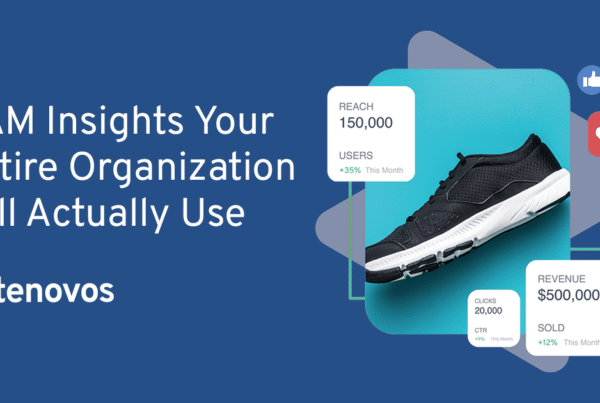
Doing a rebrand? Why bother?
January 25, 2023
Doing a rebrand? Why bother?
Seriously, why bother? Are rebrands worth the effort? They can be, certainly. You’re likely considering…









